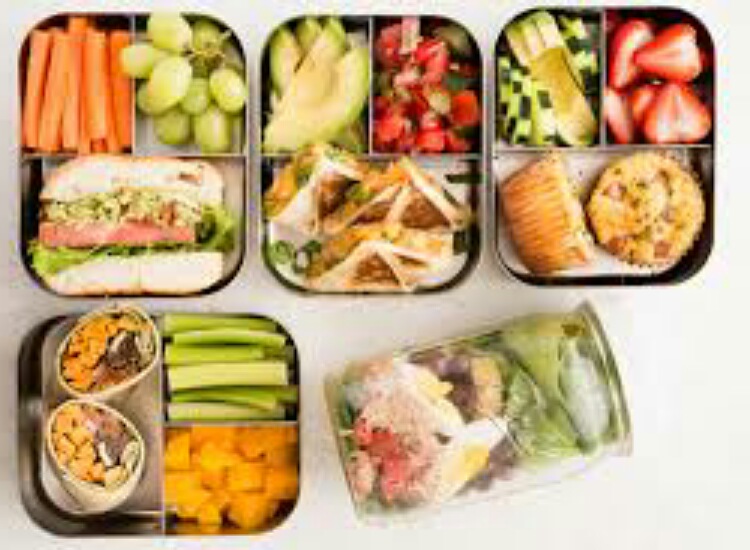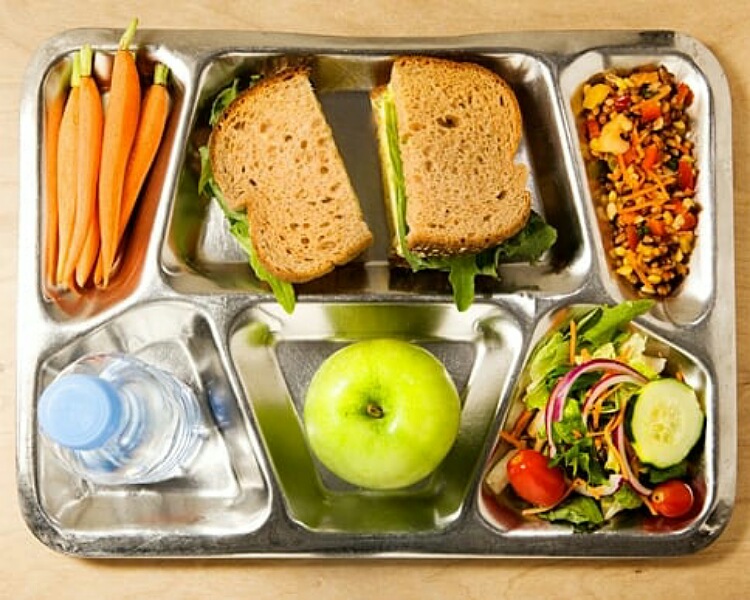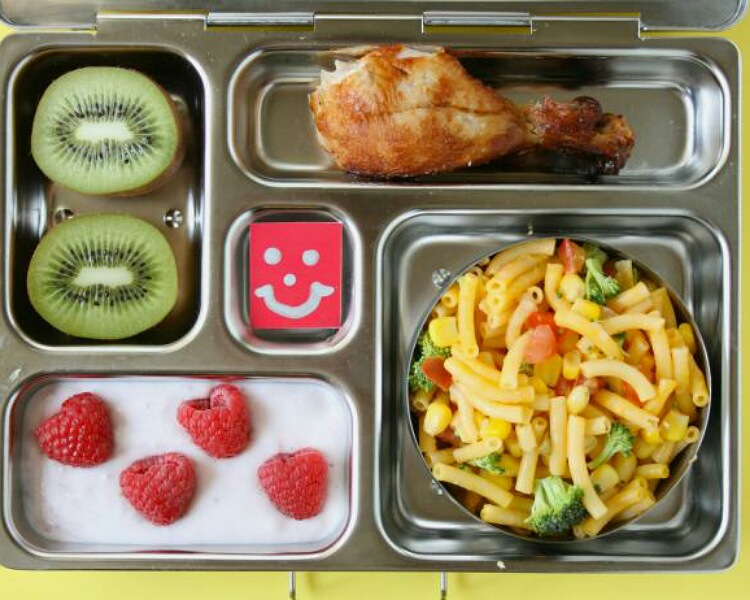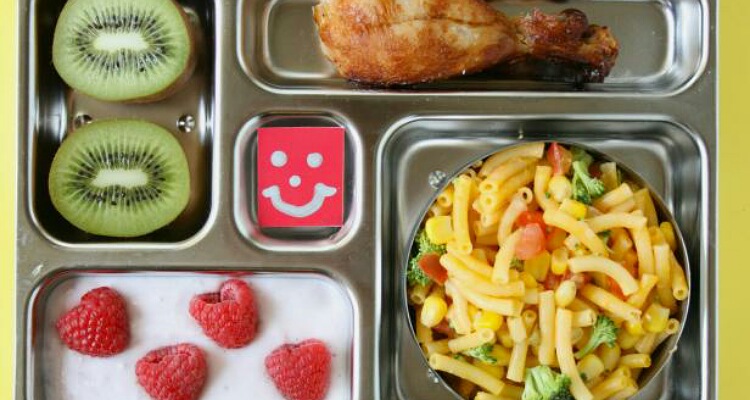Children spend almost 6 to 9 hours in school. They need nutritious foods at that time. Growth and development is part of this growing age and unhealthy or imbalanced food can retard the progress. Parents or caregivers find it taxing to decide what they should pack in the lunch boxes of their kids. Here are some tips on how to give your child a healthy school lunch?
Children and school lunches
Children are growing and developing. They require adequate and high-quality food for it. They spend almost one-third day at school. The food they take during that time should also be nutritious and sufficient to meet the demands of their growing body.

Parents and caregivers find it extremely difficult to decide on what to pack in their kid’s school lunch box. They want to ensure that their kid gets what his or her body demands. But they also do not know how to go about it. Here are some useful tips on how to provide your child with a healthy school lunch
Dr. Amra Zuzo, pediatrician states:
“Studies show kids who eat a nutritious breakfast and lunch actually function much better physically and academically. They’re able to pay attention, finish their assignments and do everything the school and teachers need them to do throughout the day to be successful,”
Healthy school lunch for your kid
Dr. Amra adds:
“We want to make sure they have fruits and vegetables and a lot of proteins in their diets,”
“In most cases our kids like carbohydrates so it’s very important to balance the other things.”

The aim should be to incorporate foods from each food group. This will give nutrition as well as variety to these school lunches. This should also form a basis of healthy eating for the children. This would set a healthy path for them for their later life. Kids love sweet treats and snacks. Give but in moderation and along with other healthy foods.
Amra explains:
“It’s very important to teach them those choices and then also to sort of ask them what flavors and what foods and textures they like and you can often help them make those foods that are available and that are nutritious a little tastier so they’ll actually be more likely to want to eat them and want to choose them in the school lunch line,”
Feeding brains plus bodies
The food should be healthy and balanced. It should be such that it meets the physical as well as mental demands of the child.
The healthy food options varies from region to region and culture of the place. The taste of the individual child also matters. These great foods include granola bars, nuts, seeds, bread with peanut butter, fruits, vegetable salad, tofu food items, lean meat, whole grain food items etc.

Read more: Is vegetarian diet healthy for children and toddlers?
Avoid sugary and refined foods. Provide healthy drinks as well. School should have facility for potable water. If not, the parents should provide a water bottle to quench the thirst and stay hydrated.
